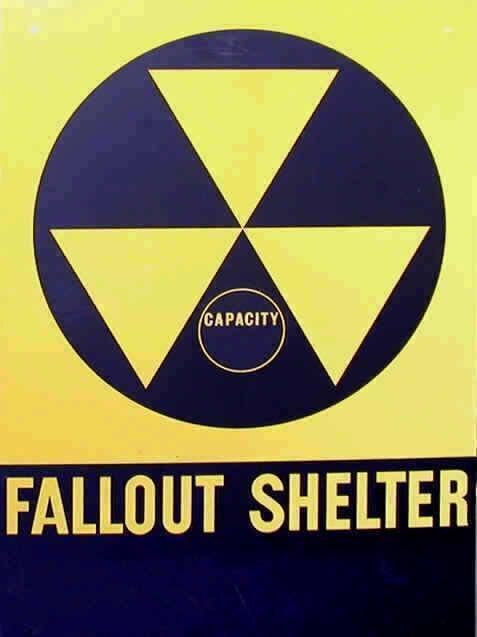Wouldn't know what else to call this, but somebody else can tell me if this is kosher and or if they've seen something like this in other locations.
My building is U shaped, with 2 theaters in the right arm (Gershwin), 2 in the left arm (Whitman), 2 of those 4 theaters being in the basements. The dock and assorted shop, dressing rooms, costume shop facilities are clustered vertically in the base of the U.
For as long as I have worked in this building, I've known that there are 2 electrical services, one per arm, with the “dock” section powered off the right arm. As far as I was aware (31 years now) the services were completely independent of each other, 2 building service entrance panels (actually new ones installed in '81), 2 electrical meters, etc... Each service is from an underground transformer vault containing dual transformers, one per building, located about 50 ft outside our loading dock. They are on college property, but maintained and serviced by Con-Ed - the utility company. I assume the transformers are fed from one main service coming underground in the street.
My assumption about 2 completely separate services, one per building, no connection between, got tossed on it's head today.
Turned out that some electrical panels (3) in our left arm theater box office (way down at the tip of the left arm), which I KNOW has panel breakers in the left arm building service entrance panel, were ALSO fed, simultaneously, from the other arm of the facility and it's supposedly separate electrical service. The panel dual fed is mostly all stairwells, lobbies, exit lights (as well as other crap added over the decades), etc.... so the theory, as far as we can guess for a 1955 build, was that this dual service was to provide an alternative power source in the event of a left arm building loss-of-power.
The dual feed was not accomplished using any sort of relay system (which I assume was not available in '55 ?), instead the panel feeders from one buildings service were simply tapped into the panel on top of the 2nd buildings service wires. The panels, as BTW are approx. 60 to 80 amp rated panels.
Huh ?, was all I could ask/state. I didn't know you could do that !.
Besides voltage drop issues related to cable lengths, not to mention how and what exactly do the 2 separate electrical meters measure ?, has anybody ever heard or seen a setup like this.
Curious in Brooklyn.
My building is U shaped, with 2 theaters in the right arm (Gershwin), 2 in the left arm (Whitman), 2 of those 4 theaters being in the basements. The dock and assorted shop, dressing rooms, costume shop facilities are clustered vertically in the base of the U.
For as long as I have worked in this building, I've known that there are 2 electrical services, one per arm, with the “dock” section powered off the right arm. As far as I was aware (31 years now) the services were completely independent of each other, 2 building service entrance panels (actually new ones installed in '81), 2 electrical meters, etc... Each service is from an underground transformer vault containing dual transformers, one per building, located about 50 ft outside our loading dock. They are on college property, but maintained and serviced by Con-Ed - the utility company. I assume the transformers are fed from one main service coming underground in the street.
My assumption about 2 completely separate services, one per building, no connection between, got tossed on it's head today.
Turned out that some electrical panels (3) in our left arm theater box office (way down at the tip of the left arm), which I KNOW has panel breakers in the left arm building service entrance panel, were ALSO fed, simultaneously, from the other arm of the facility and it's supposedly separate electrical service. The panel dual fed is mostly all stairwells, lobbies, exit lights (as well as other crap added over the decades), etc.... so the theory, as far as we can guess for a 1955 build, was that this dual service was to provide an alternative power source in the event of a left arm building loss-of-power.
The dual feed was not accomplished using any sort of relay system (which I assume was not available in '55 ?), instead the panel feeders from one buildings service were simply tapped into the panel on top of the 2nd buildings service wires. The panels, as BTW are approx. 60 to 80 amp rated panels.
Huh ?, was all I could ask/state. I didn't know you could do that !.
Besides voltage drop issues related to cable lengths, not to mention how and what exactly do the 2 separate electrical meters measure ?, has anybody ever heard or seen a setup like this.
Curious in Brooklyn.
Last edited:



